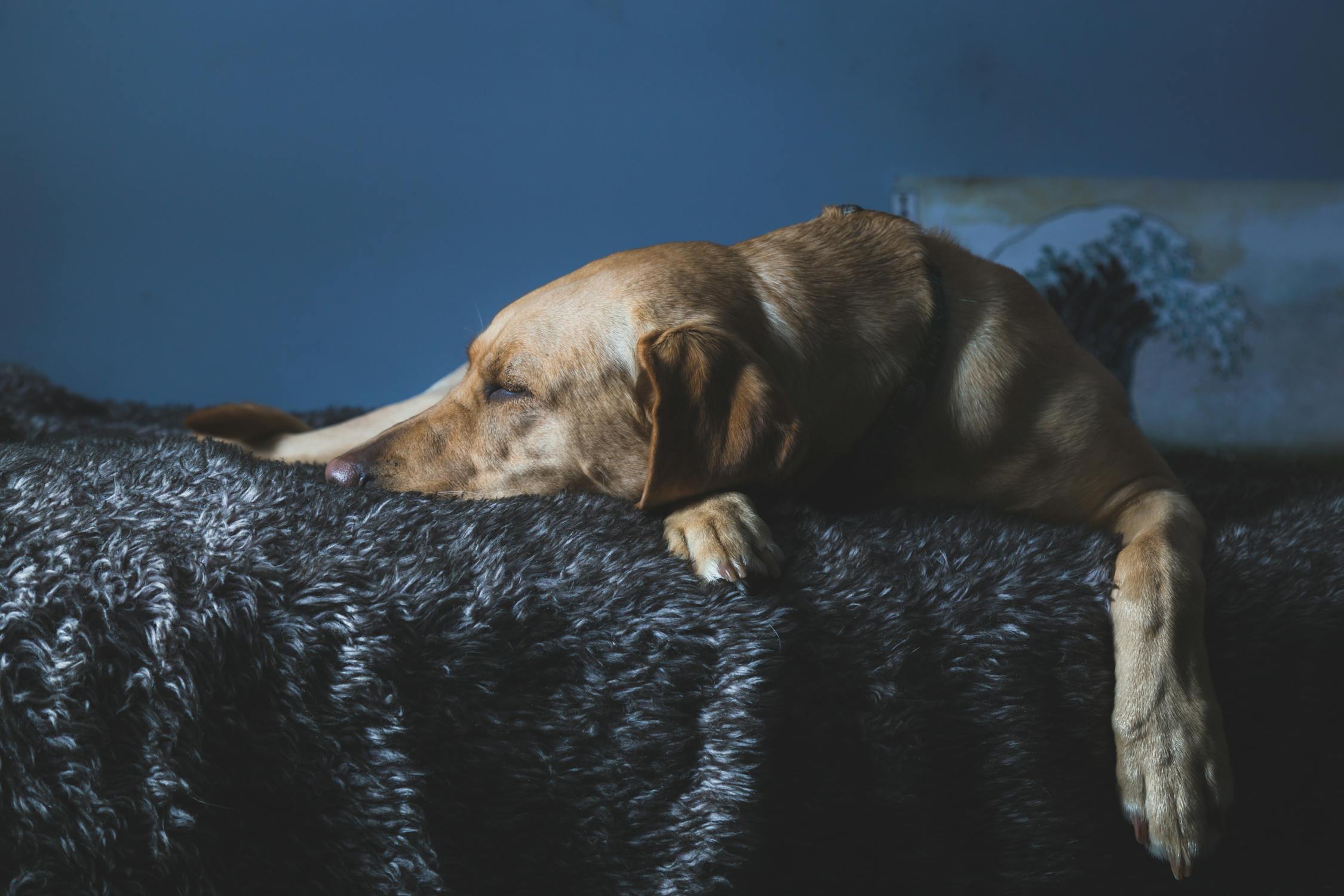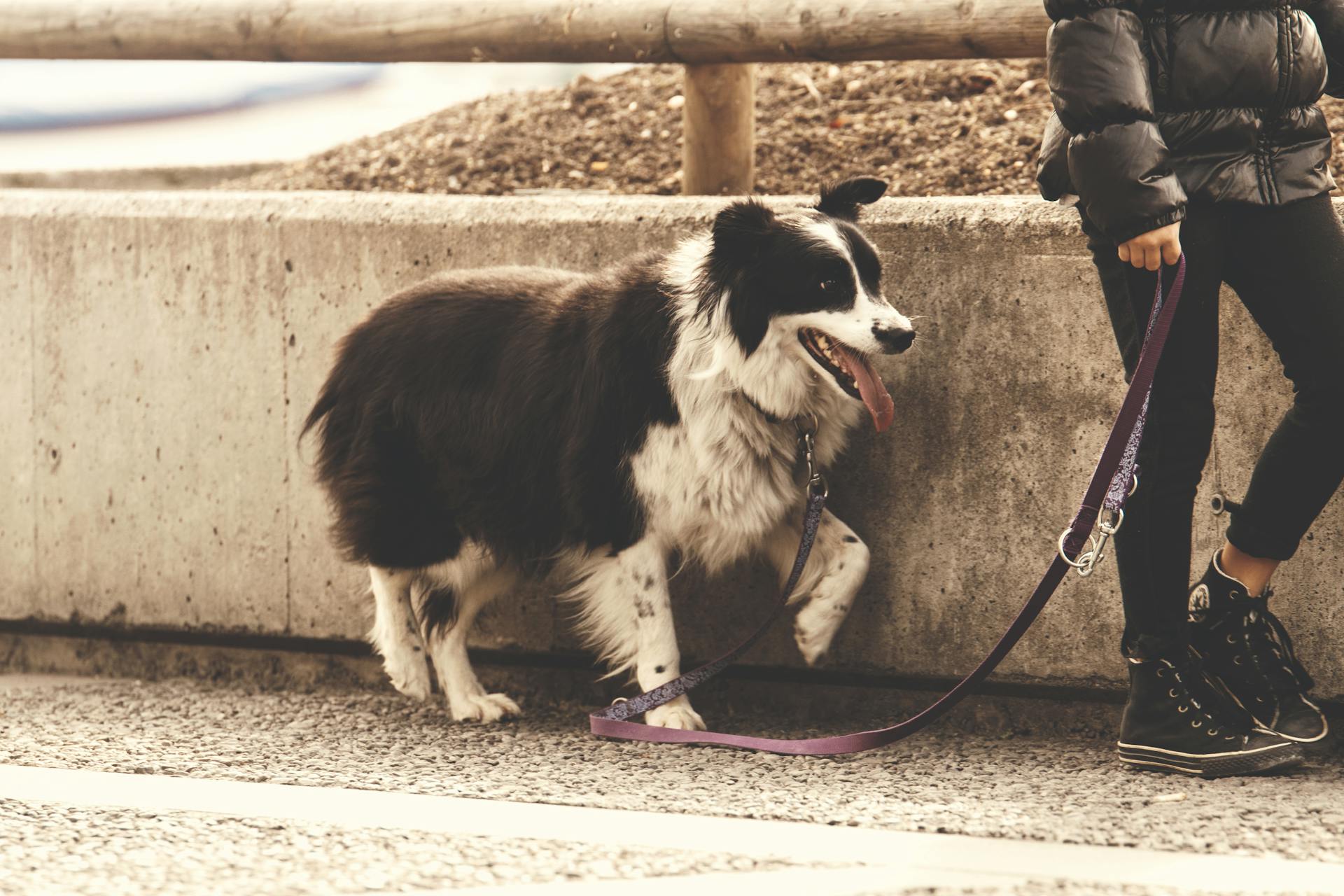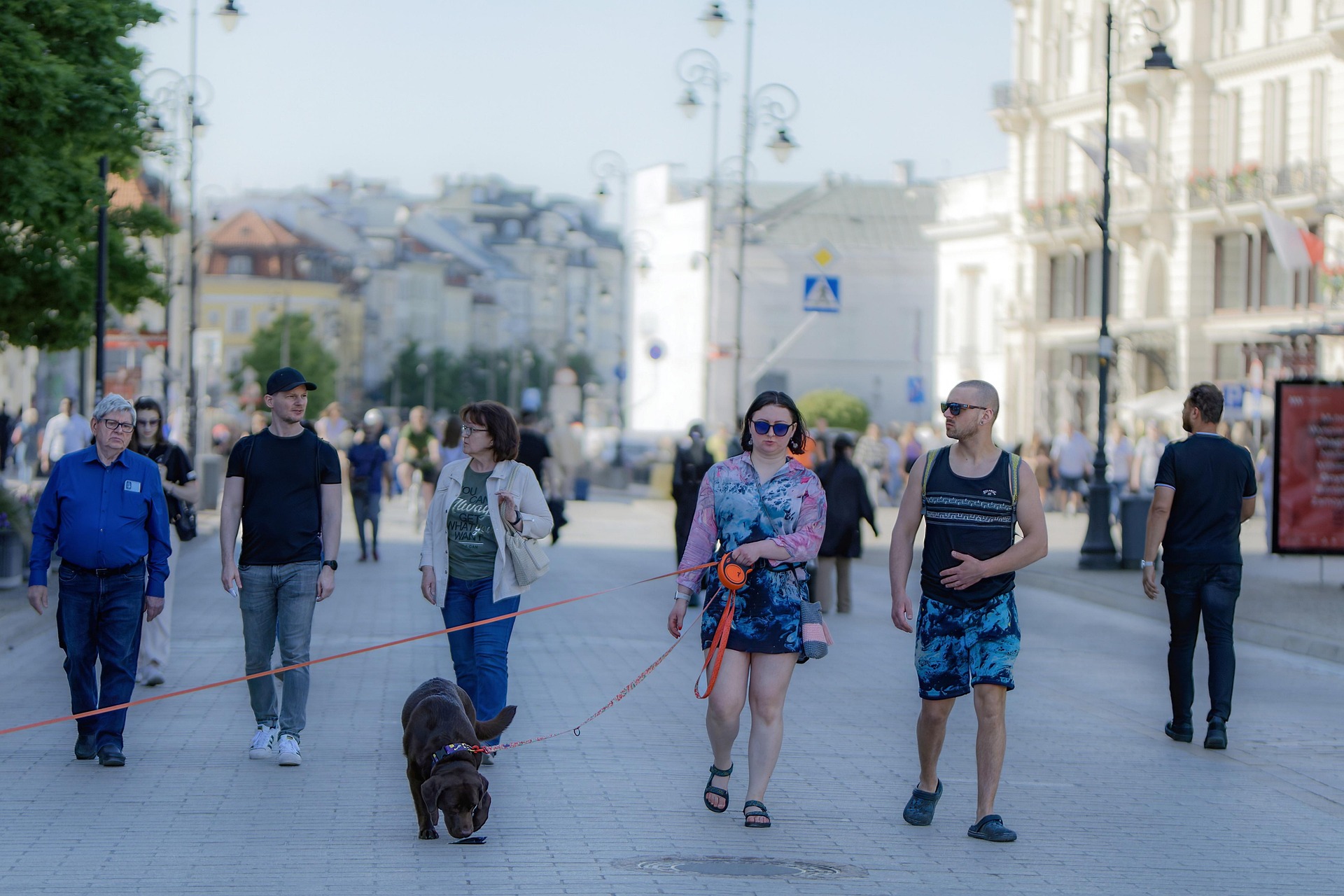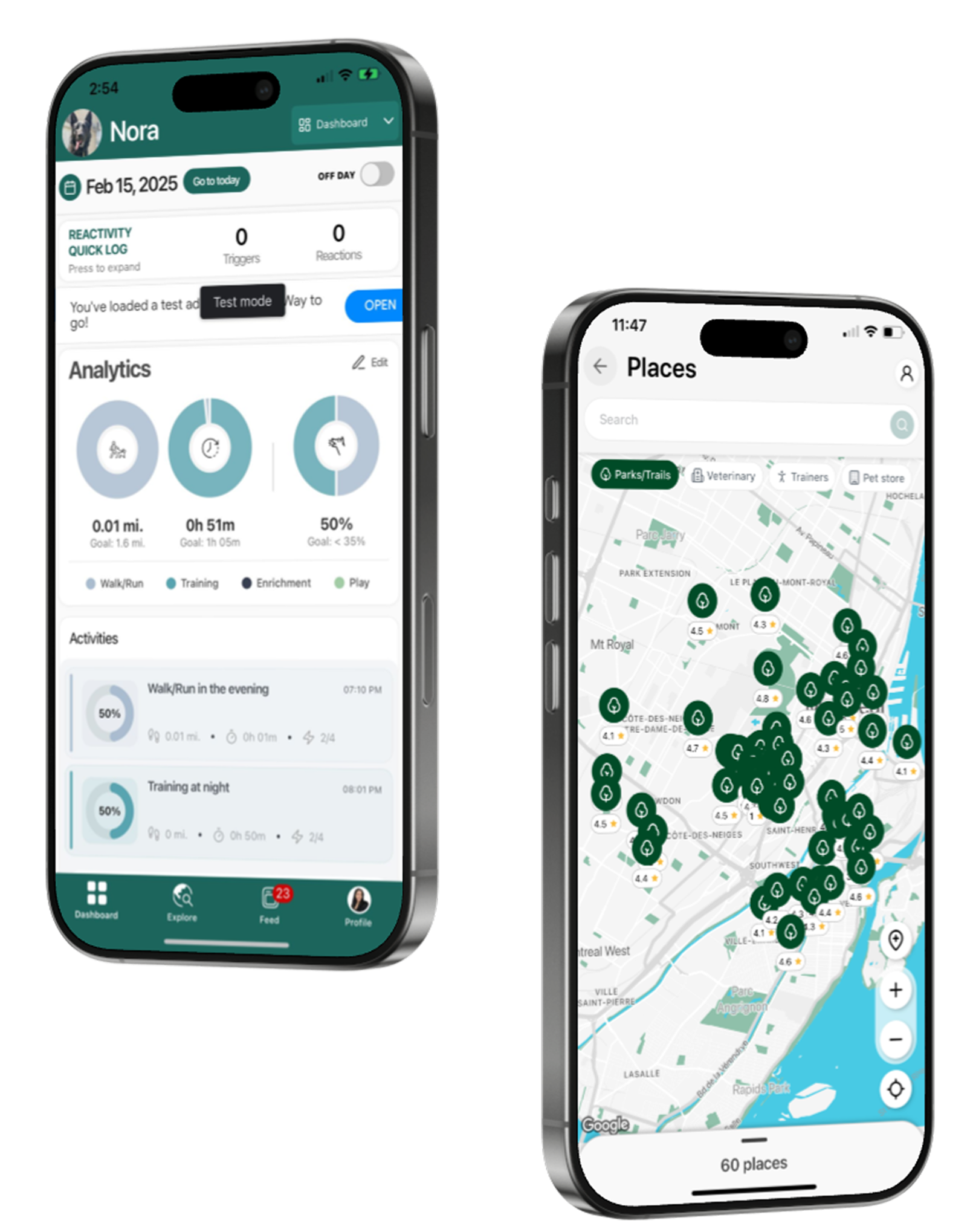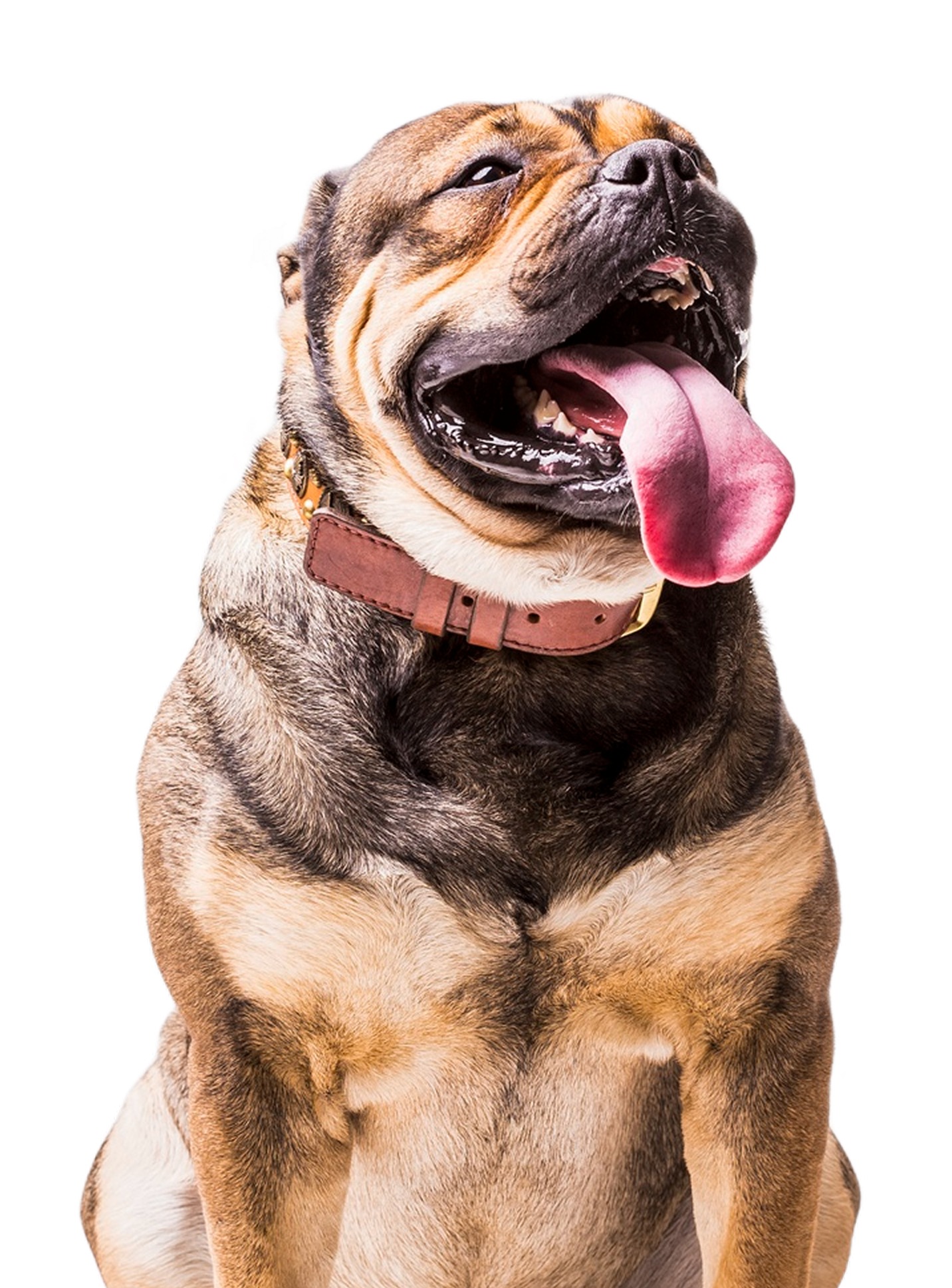Our Pre-Walk Routine: How We Set the Tone for Success
By Christelle S. • 2025-04-15
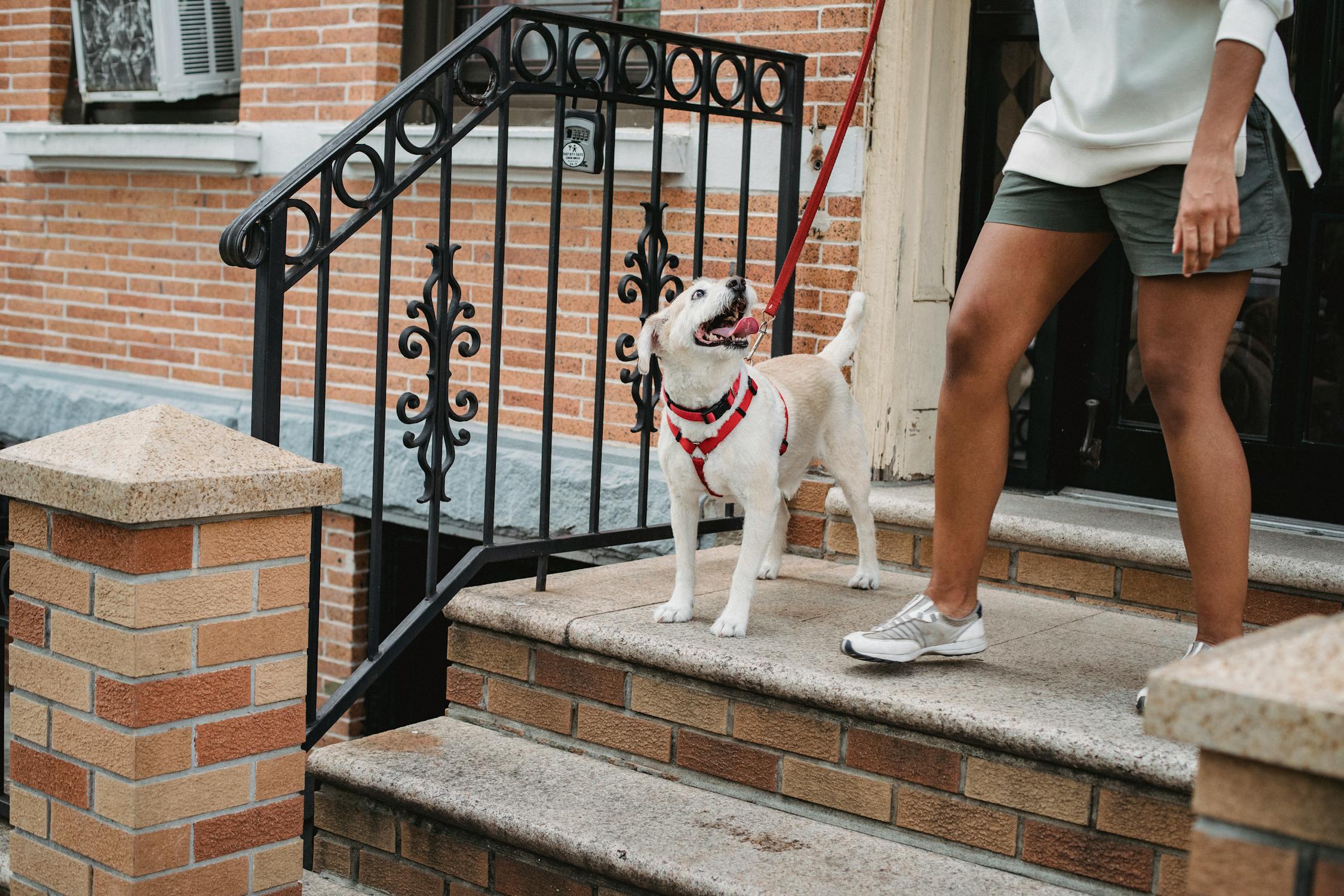
If you’ve ever walked a reactive dog, you know that what happens before the walk can be just as important as the walk itself. Over time—and through a lot of trial and error, I developed a full pre-walk routine for my German Shepherd that sets us both up for success. This routine has honestly become our little ritual, and skipping it usually means we’re both more tense and less prepared.
Let’s dive into what our pre-walk routine looks like, and more importantly, why each part matters.
Why a Pre-Walk Routine Matters
Before I created our routine, I used to just grab the leash and go. But with a reactive dog, that’s like going into battle without a plan. We’d be halfway down the block before I realized she was already stressed or overstimulated—and then boom, reaction.
Having a consistent routine helps my dog transition from “house mode” to “walk mode” in a calmer, more focused way. It helps me do the same, honestly. I get to check in with how we’re both feeling, and mentally prepare for whatever we might face out there.
Step 1: The Calm Start
Before I even touch the leash, I make sure the energy in the house is calm. If she’s been barking at the window or pacing around, we don’t go out immediately. Instead, we do a short decompression activity:
- Sniff mat or lick mat: Helps reset her brain with calming, foraging behavior.
- Scatter feed: I toss a handful of kibble around the living room or yard. It slows her down and gives her something to do besides obsess over going out.
Sometimes I sit with her for a few minutes and just breathe. It sounds a little silly, but it grounds me, and I know she picks up on my energy.
Step 2: Gear Up (Mindfully)
Once we’re both in a calmer headspace, it’s gear time. I try to keep this part smooth and drama-free.
- Harness first: Her harness goes on gently, and I avoid creating a big hype moment about it.
- Leash check: I always double check that the leash is clipped properly and isn’t tangled.
- Extras: If it’s hot or sunny, she wears a cooling vest. In winter, her coat goes on.
One thing I don’t do anymore: jangle keys or move quickly. That used to hype her up too much and make her jumpy right from the start.
Step 3: The Mental Check-In
Before we open the door, I take 30 seconds to ask myself:
- How does she seem today—anxious? chill? keyed up?
- How am I feeling? Stressed? Calm? Tired?
- Are there any known stressors today (trash day, school buses, etc.)?
This quick mental check-in helps me adjust our plan. If she’s already tense, I might shorten the walk or avoid certain routes.
Step 4: Quick Training Refresher
At the door, we pause. Literally. She waits while I open it and we do a 10-second refresher:
- Eye contact = reward
- Name response = reward
- Calm exit = praise
This sets a tone of “we’re working together.” She knows the walk starts on my terms, not hers.
It might only take a minute, but it reminds her to check in with me, and gives me a boost of confidence before we step outside.
Step 5: Setting Intentions (Yes, Really)
Okay, I know this might sound a little woo-woo—but before we head out, I quickly set a goal in my mind:
“Today’s goal is to practice space from triggers.” “Today’s goal is to just enjoy a peaceful sniffari.”
It helps me focus and not fall into the spiral of “everything has to go perfectly.”
Some days, the goal is literally just to walk around the block without a meltdown. That’s valid. That’s progress.
Step 6: Logging the Walk Plan in Reacpaw
Before we walk out the door, I pop open the Reacpaw app and:
- Log the date/time
- Note any pre-walk stress
- Plan the route (we have a few saved favorite routes)
- Note today’s intention
This helps me later if things go well—or don’t. I can compare days and see if certain pre-walk setups work better than others.
Our Go-To Routes
We have about 3-4 routes we rotate depending on time of day and weather. I choose one before we leave so I’m not deciding mid-walk, when stress is high.
Here’s how we categorize them:
- Decompression Walks: Far from roads, mostly quiet, great for stress recovery.
- Exposure Walks: A bit more stimulation, good for controlled trigger practice.
- Quick Loops: For short bathroom breaks when energy is low.
Knowing where we’re going helps both of us feel more secure. No surprises.
What Happens When We Skip It?
Whenever we’re running late or skip steps, it shows. She’s more barky at the door. I’m more reactive to her reactions. It’s just… less smooth.
Even five minutes of prep makes a huge difference.
The Ripple Effect
Since creating this routine, walks have gone from unpredictable chaos to something that actually feels enjoyable. Not always perfect, but prepared.
We start calmer, which usually means we encounter fewer reactions—or at least recover from them faster. The energy you bring into the walk matters. This routine helps me bring the right one.
Final Thoughts
Having a reactive dog isn’t easy. But little systems—like our pre-walk routine—can bring so much more peace into your life. It’s about shifting from reaction to intention. From chaos to structure.
If you haven’t built a pre-walk routine yet, I highly recommend giving it a try. Start small. Observe what works. Keep what helps.
And if you’re using Reacpaw, it makes it super easy to log what you’re trying so you can actually see the progress unfold.
Here’s to calmer walks, more control, and a smoother start to every step. 🐾

